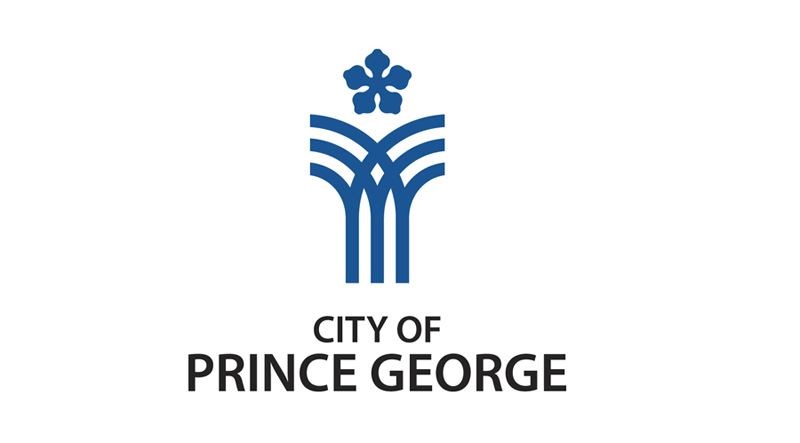A proposed bylaw regulating the new storm water utility and associated fees will undergo further scrutiny before council has a chance to pass judgment.
A revised proposal including a plan for phasing in the new rate structure was presented to the finance and audit committee earlier this month, but members will await updated information on the city's infrastructure assets before moving ahead on the draft bylaw.
The committee is scheduled to receive an asset management update in April.
Council approved the creation of the storm water utility in late 2012, with the aim of moving funding out of the general tax levy into its own dedicated pot.
"The proposed storm water utility would collect revenues exclusively for storm water and drainage infrastructure and achieve the objectives of maintaining the existing infrastructure, fund necessary capital projects, manage flooding, ponding and erosion control, support the vital reinvestment of the aging storm water infrastructure and provide for new infrastructure and services," said the report presented to the committee.
The report outlines a plan that sticks with the initial tiered flat rate structure where properties are charged according to their amount of impervious (or hard) surface areas, such as driveways, roofs and parking lots. The base rate is calculated from an average-size single family home with 123 to 226 square metres of impervious area.
Currently, $0.95 of every $100 in residential property tax dollars funds storm water infrastructure. With the average residence paying about $1,737 in property tax, that's about $16.50 per home for the service.
The projected average annual sustainable funding for the system is $3.85 million for five years.
The plan was tweaked following a public consultation process and feedback from the finance and audit committee.
In its most recently presented version, the storm water operating and and maintenance budget would remain static in 2015 at $900,000, with capital works still funded by general funds. The average single-family home would pay $19.08 and tax exempt properties would not pay anything extra.
In the second year, tax exempt properties will pay 50 per cent of their storm water bill, while the price for the average residence will go up to $37.92. By 2017, tax exempt properties will be paying 75 per cent of their storm water bill and the average residence will be paying $57.36. Rates will be increased to $77.28 and $78.48 by 2018 and 2019, respectively, with tax exempt properties paying the full price.
Delaying the full implementation of the storm water rates is also meant to bypass the increases already scheduled for water and sanitary rates, which will be going up until 2017, as per a Dec. 20, 2012 council decision.
A credit program would also be introduced in 2016, offering up to 50 per cent off the base storm water charge for property owners reducing runoff or improving the quality of storm water run off that discharges into the city's system or surrounding bodies of water.
The ratepayer will be responsible for providing proof in the form of engineered designs and maintenance records.
Typical candidates for these credits include sites with a detention pond or infiltration gallery, sites that discharge directly to the river, sites with large paved surfaces (such as mall parking lots) that don't leave the site or are swept into on-site catch basins or properties with storm water education programs such as schools, environmental organizations and, sometimes, churches.
Non-residential properties will be charged using actual calculations of their impervious surface area divided by the average single-family home size.
The city of Victoria is also in the process of introducing a stormwater utility, which they say will be cost neutral as they also switch from a property-tax funding source.


